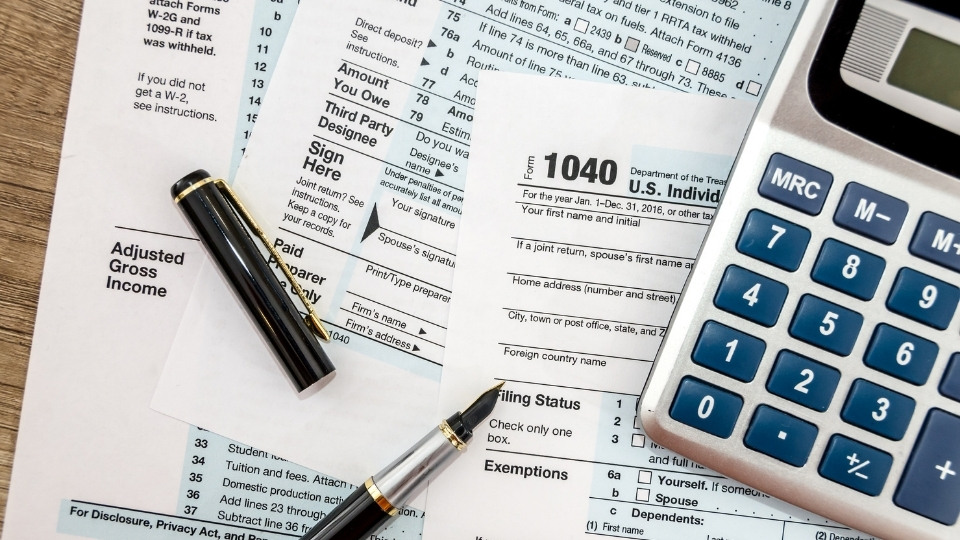The tax gap is a real problem but so, too, is the ‘reverse tax gap’
The Colony Group’s Michael Nathanson, CEO and Chair, wrote for CNBC in the article, “The tax gap is a real problem but so, too, is the ‘reverse tax gap’”. Read the full article here.
